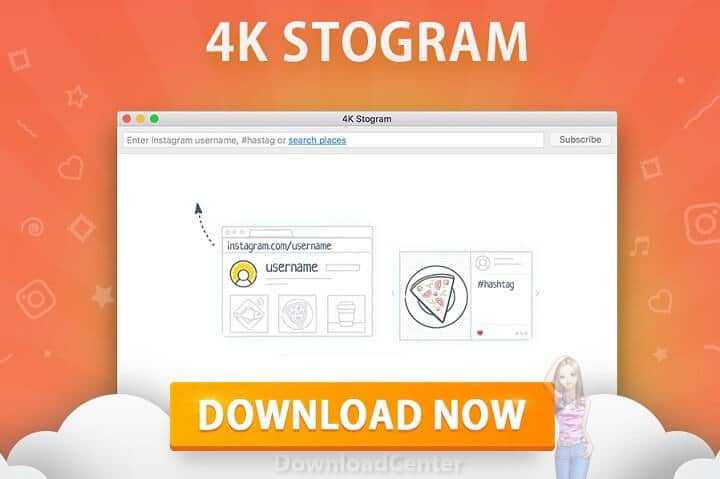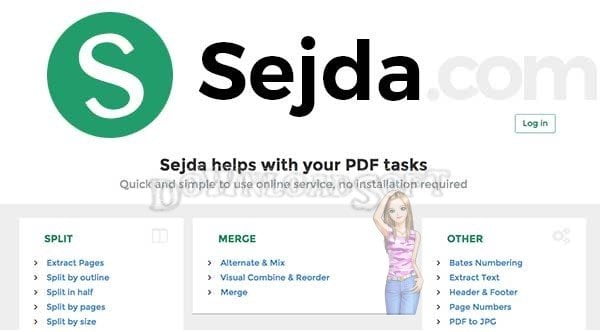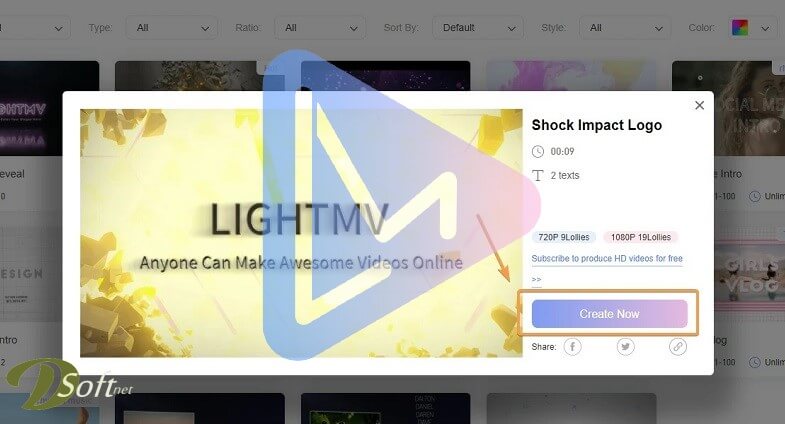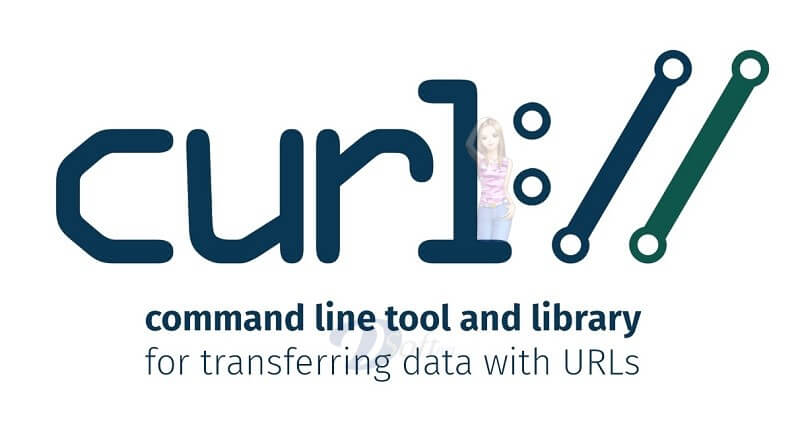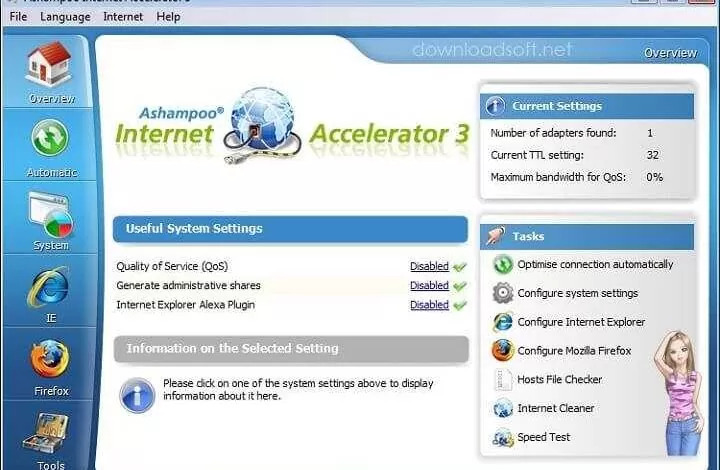Download Arduino Open Source 2025 for Windows and Mac
Download Arduino Open Source 2025 for Windows and Mac
Comprehensive Guide to Arduino Programming
Arduino is a powerful open-source electronics platform that has fundamentally changed the way we approach creating interactive projects. This guide will explore various aspects, including installation, features, user experiences, and more, providing a thorough understanding of its capabilities.
What is Arduino?
At its core is a microcontroller-based platform that allows users to develop a wide range of electronic applications. It consists of both hardware and software components, making it accessible for beginners while also offering advanced features for experienced developers. The primary goal is to simplify the process of working with electronics, enabling users to create devices that can interact with the physical world.
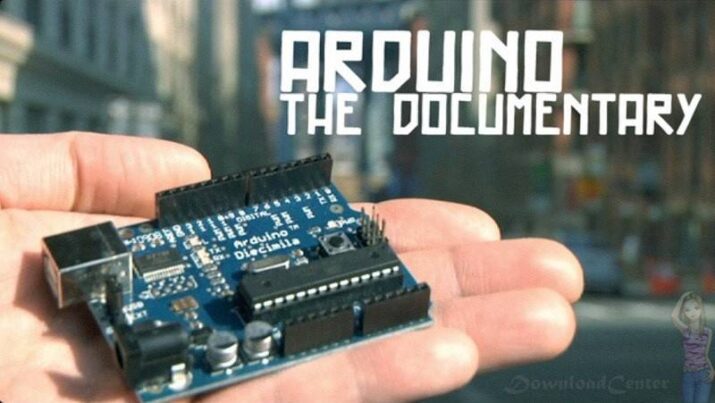
Key Components
- Microcontroller Board: The essential component that executes the code. Popular boards include the Uno, Mega, and Nano.
- Integrated Development Environment (IDE): A user-friendly software application that allows users to write, compile, and upload their code to the board.
- Shields and Modules: These are additional hardware components that can be connected to the board to expand its capabilities, such as adding sensors, motors, or wireless connectivity.
Installation and Setup
Setting up Arduino is a straightforward process that can be completed in a few simple steps.
Step 1: Downloading the IDE
To begin, visit the official website and download the IDE compatible with your operating system. The installation process is designed to be user-friendly, guiding you through the necessary steps.
Step 2: Connecting the Board
Once the IDE is installed, connect your board to your computer using a USB cable. The IDE will automatically detect the connected board, which is essential for uploading code.
Step 3: Installing Drivers
In some cases, you may need to install drivers to ensure proper communication between your computer and the board. Follow the instructions provided in the IDE or visit the official support page for assistance.
Step 4: Testing the Setup
After installation, it’s a good idea to test the setup by uploading a simple program, often referred to as a “sketch.” The classic “Blink” example, which makes an LED on the board blink, is a perfect starting point to confirm that everything is functioning correctly.
Features of Arduino
It boasts a plethora of features that enhance its usability and functionality, making it a preferred choice for many.
Open Source
One of the standout features is its open-source nature. This allows users to access a vast library of code and resources, fostering a collaborative community where individuals can share their projects and modifications.
Extensive Library Support
It comes with an extensive collection of libraries that simplify the process of interfacing with various sensors and components. These libraries provide pre-written code, allowing users to focus on their project ideas without getting bogged down in the technical details.
User-Friendly IDE
The IDE is designed to be intuitive, with a simple interface that features easy-to-navigate menus and options. This makes it accessible for beginners while still offering advanced features for seasoned programmers.
Customer Support and Help Center
Provides comprehensive customer support through various channels. Their official website includes a help center with documentation, tutorials, and troubleshooting guides. Additionally, community forums are available where users can ask questions and share solutions.
Community Forums
The community is vibrant and active, offering numerous forums where users can seek help. These forums are an excellent resource for troubleshooting and gaining insights from others who have faced similar challenges.
Documentation
The official documentation is extensive and well-organized, covering everything from basic setup to advanced programming techniques. This resource is invaluable for users looking to deepen their understanding of the platform.

Pricing and Plans
Arduino hardware is available at various price points, making it accessible for users with different budgets. While some boards are relatively inexpensive, others with advanced features may come at a higher cost.
Affordable Options
For beginners, there are several low-cost options available, such as the Uno, which is perfect for small projects and learning the basics.
Advanced Boards
For more complex applications, users may opt for boards like the Mega or Due, which offer additional capabilities but at a higher price point.
Pros and Cons
Understanding the advantages and disadvantages of Arduino can help users make informed decisions about whether it’s the right platform for their projects.
Pros
- Ease of Use: The user-friendly IDE and extensive libraries make it accessible for beginners.
- Open Source: The collaborative nature encourages innovation and sharing.
- Community Support: Robust support from the community and extensive documentation.
Cons
- Limited Processing Power: Compared to some other microcontrollers, boards may have limitations in processing speed and memory.
- Not Ideal for Complex Applications: While great for simple projects, it may not be the best choice for highly complex systems requiring advanced computing capabilities.
User Experiences and Testimonials
Many users have shared positive experiences with Arduino, highlighting its role in their creative projects and learning journeys. From hobbyists to educators, the platform has garnered a loyal following.
Success Stories
Numerous success stories illustrate how individuals have transformed their ideas into reality. From DIY home automation systems to educational robotics, the possibilities are endless.
Educator Feedback
Educators have praised Arduino for its effectiveness in teaching programming and electronics. The hands-on approach engages students and provides practical experience that theoretical learning cannot match.
Comparison with Other Tools
When compared to other development platforms, it holds its own in terms of accessibility and community support.
Raspberry Pi vs. Arduino
While both platforms are popular for electronics projects, they serve different purposes. Raspberry Pi is a full-fledged computer, making it suitable for tasks requiring higher processing power, whereas it excels in simple, interactive projects.
Other Microcontrollers
Other microcontroller platforms, such as ESP8266 and STM32, offer specific advantages. However, ease of use and extensive support make it a top choice for beginners.
Tips for Using Arduino
To maximize your experience, consider these helpful tips:
Start Simple
Begin with basic projects to build your confidence. As you become more comfortable, gradually tackle more complex projects.
Utilize Online Resources
Take advantage of the vast array of online tutorials and forums. These resources can provide inspiration and guidance throughout your learning journey.
Experiment and Innovate
Don’t be afraid to experiment with your projects. It encourages creativity, so feel free to modify existing projects or come up with your own ideas.
Frequently Asked Questions (FAQs)
What programming language does Arduino use?
Primarily uses a simplified version of C/C++. The IDE provides a straightforward way to write and upload code.
Can I use Arduino for professional projects?
Yes, many professionals use it for prototyping and even in final products, especially in fields like robotics and IoT.
Is it suitable for beginners?
Absolutely! Its user-friendly interface and extensive community support make it an ideal choice for those new to electronics and programming.
Importance of System Maintenance
Regular maintenance of your projects is crucial for ensuring long-term functionality. This includes checking connections, updating the IDE, and reviewing your code for efficiency.
Keeping Hardware in Check
Regularly inspect your hardware components for wear and tear. Ensuring that connections are secure can prevent many issues.
Software Updates
Keep your Arduino IDE updated to take advantage of the latest features and security improvements. This will enhance your overall experience and project capabilities.
Tutorials and Additional Resources
To further enhance your skills, consider exploring additional tutorials and resources available online. Websites, YouTube channels, and community forums offer a wealth of information.
Online Courses
Many online platforms offer courses specifically focused on programming, which can provide structured learning and deeper insights into advanced topics.
Books and eBooks
There are numerous books available that cater to all skill levels, offering detailed explanations, project ideas, and troubleshooting tips.
System Requirements
Before diving into your projects, ensure that your system meets the necessary requirements for running the Arduino IDE effectively.
Hardware Requirements
Most modern computers will handle the IDE with ease. Ensure you have a USB port available for board connectivity.
Operating System Compatibility
Arduino IDE is compatible with Windows, macOS, and Linux, making it versatile for users across different platforms.
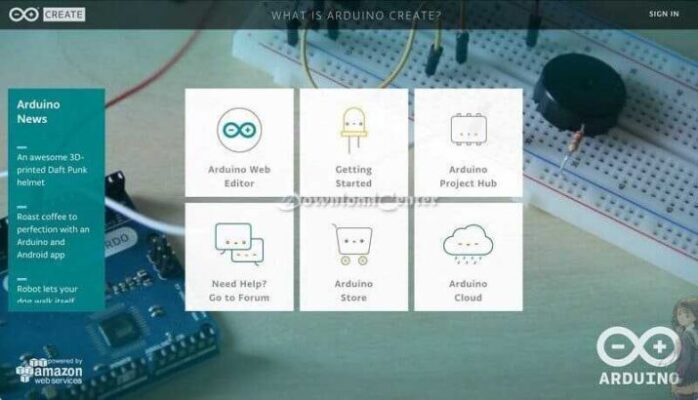
Conclusion
In summary, Arduino is a powerful and accessible platform that has opened the doors to countless creative possibilities in electronics and programming. Its user-friendly design, extensive community support, and open-source nature make it an ideal choice for both beginners and experienced developers.
By exploring the various features, engaging with the community, and taking advantage of available resources, users can embark on exciting projects and innovations. Whether you are just starting your journey or looking to enhance your skills, it offers the tools and support needed to bring your ideas to life.
Technical Details
- Category: System Management
Software name: Arduino
- Last Updated: December 1st,
- License: Open Source
- File size: 103 MB
- Operating Systems: Windows XP / Vista SP1 / 7/8/10/11, Mac, and Linux
- Languages: Supports many languages
- Developer: Arduino Team
- Official website: arduino.cc
Download Arduino for Windows/Mac/Linux
